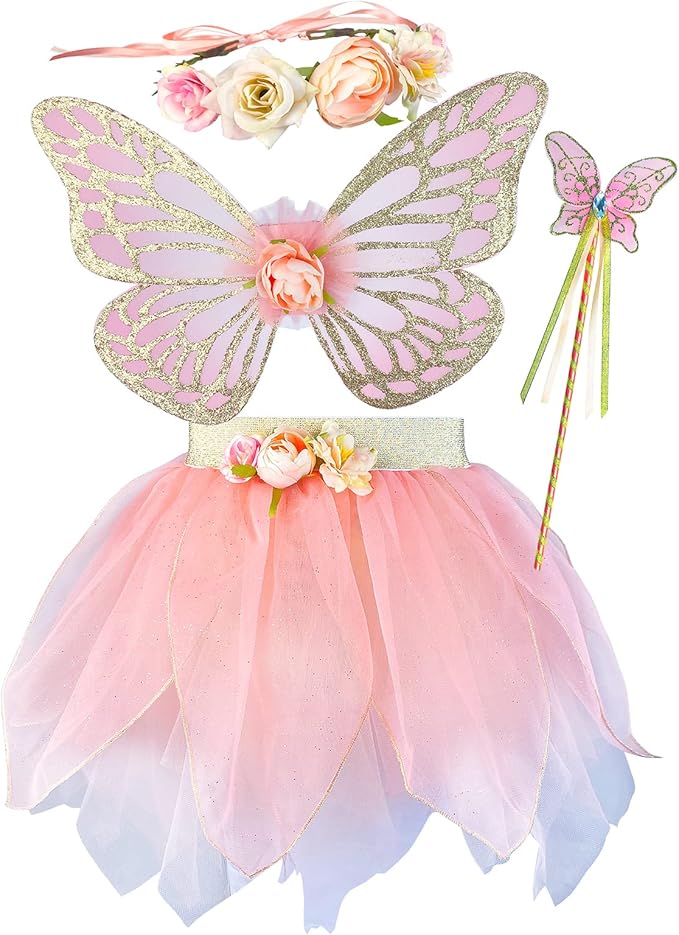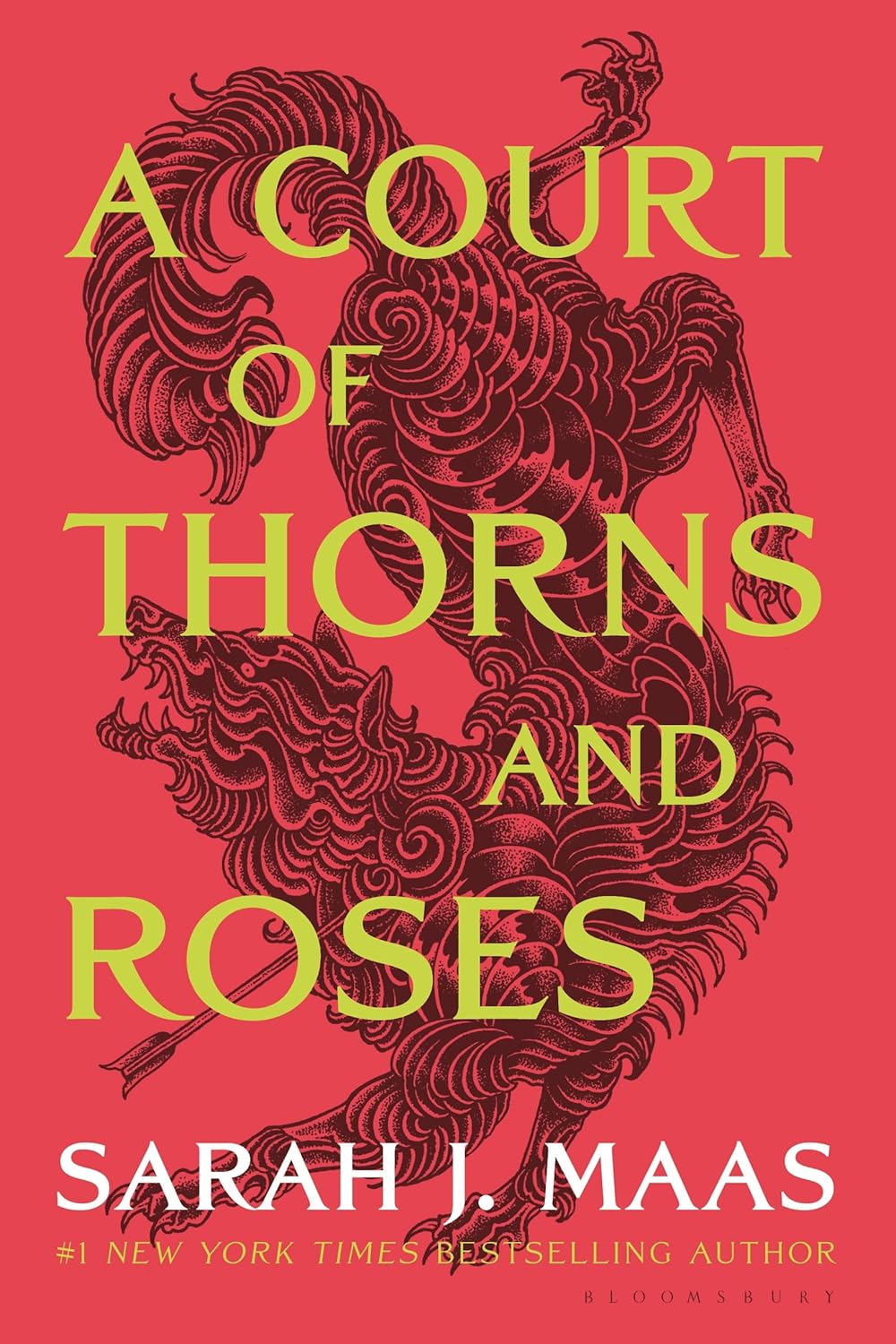- Home
- Fairy Blog
- Fairy Cakes
- Fairy Quotes
- Safety Dance
- The Flower Fairies Books
- What is a Fairy?
- Are Fairies Real?
- Elemental Fairies
- Faeries
- What are the Fae?
- Fae Fantasy Books
- Fairy History
- Origin of Fairies
- Fairies in Folklore
- Pixies
- Pixie Fairy Differences
- Gothic Fairies
- Tooth Fairy
- Fairy Festivals
- Fairy Gardens
- Fairy Garden Accessories
- Fairy Circles
- Fairy Forests
- Fairy Poems
- Fairy Tales
- Fairy Tale Origins
- Classic Fairy Tales
- 24 Fairy Tales
- Fairy Tales around the World
- About Fantasy Creatures
- Dragons
- Dwarves
- Elves
- Gnomes
- Leprechauns
- Mermaids
- Unicorns
- Fairy Face Painting
- Fairy Costumes for Kids
- Free Fairy Art
- Fairy Coloring Pages
- Fairy Crafts For Kids
- Chinese Dragon Art
- How to Draw a Dragon
- Chinese Dragon Drawing
- Dragon Coloring Pages
- Fairy Tattoo Ideas
- About Us
- Contact Us
- Disclaimer
- Privacy Policy
Beltane what is it?
Beltane what is it? It an ancient festival traditionally celebrated on May 1st, marking the beginning of the summer season. It is one of the four Gaelic seasonal festivals, which also include Samhain, Imbolc, and Lughnasadh. Beltane falls approximately halfway between the spring equinox and summer solstice.
For many Pagans, Beltane is traditionally a time when the veil between our world and that of the Fae is thin. In most European folktales, the Fae kept to themselves unless they wanted something from their human neighbors.
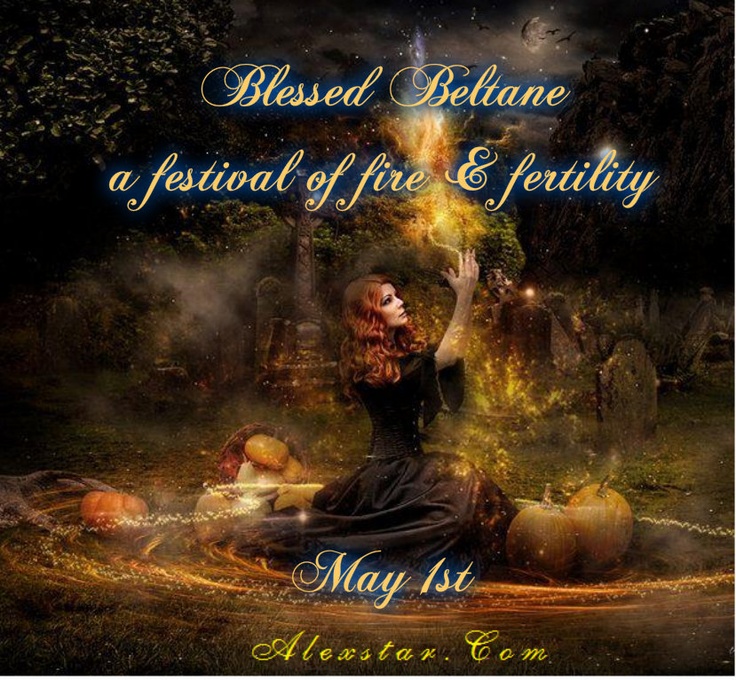
Adorable Fairy Costume Set!
Includes a fairy tutu, wing, wand and flower halo - perfect for parties, dress-up play, pageants and so on.
CLICK HERE for the best price!
Beltane: what is it?
A Celtic Festival
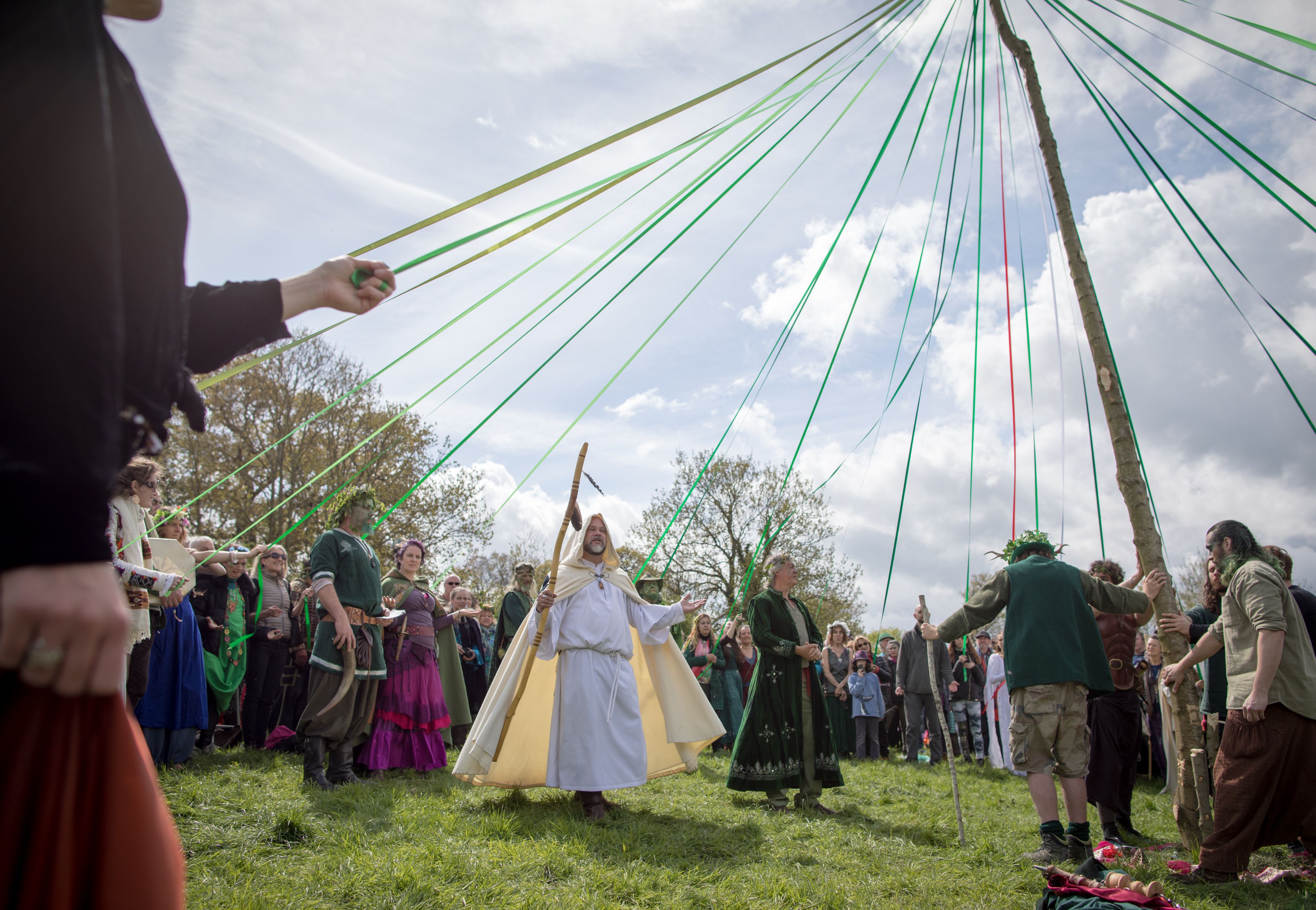
Beltane, what is it? It's a Celtic Festival known for its rituals and traditions that promote fertility, protection, and abundance. Some of the customs associated with Beltane are:
- Lighting bonfires: Traditionally, Beltane bonfires were lit to purify and protect cattle, crops, and people. Cattle were driven between two bonfires as a means of purification and protection from diseases. People would also leap over the flames for similar reasons.
- Maypole dancing: The Maypole is a tall wooden pole, often decorated with ribbons and flowers. People dance around the pole, weaving the ribbons in intricate patterns, symbolizing the union of male and female energies and the fertility of the land.
- Handfasting: Beltane is a popular time for handfasting ceremonies, a traditional Celtic ritual of engagement or marriage. Couples would join their hands together with a cord or ribbon to symbolize their union.
- Beltane bannock: A type of traditional Scottish bread, called bannock, is often baked and shared during Beltane celebrations. It is typically made with oats, barley, or other grains and sometimes includes seasonal ingredients like nettles or dandelion.
- Decorating with flowers and greenery: Homes, barns, and other spaces are often adorned with flowers and greenery to celebrate the season and invite fertility and abundance.
In modern times, Beltane is celebrated by many Neo-Pagans and Wiccans around the world, as well as people who wish to connect with Celtic traditions or celebrate the arrival of summer.
Beltane What Is It?
- just one many Celtic Festivals
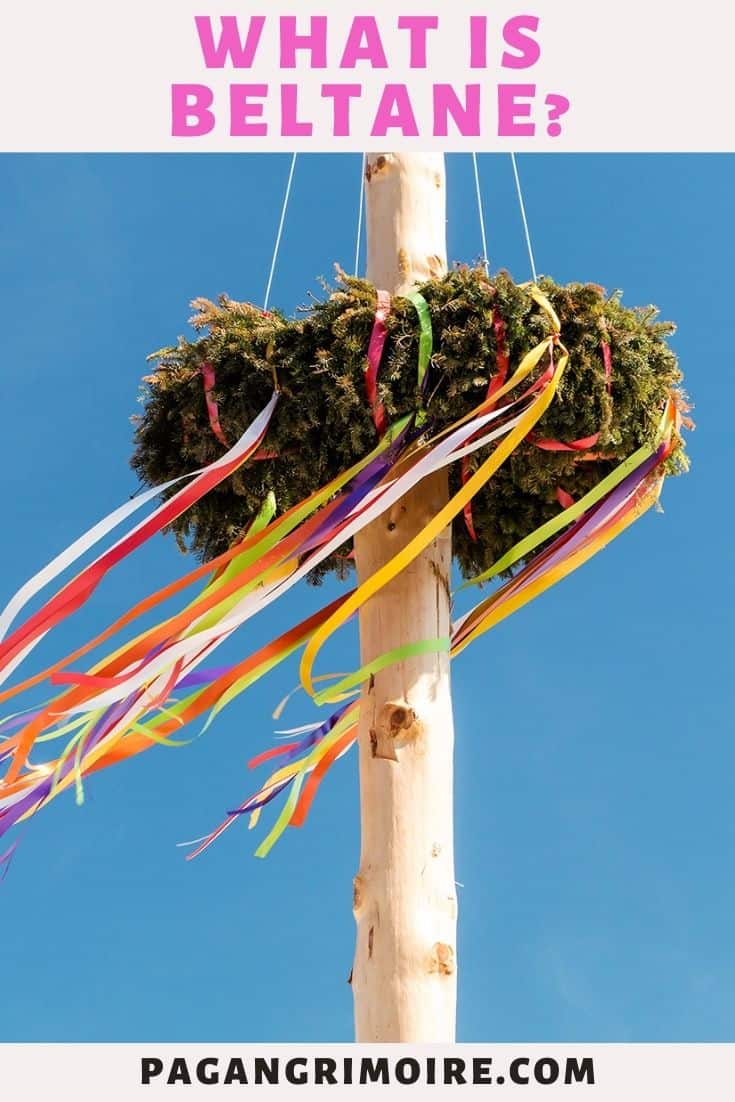
"The timing of contemporary Samhain celebrations varies according to spiritual tradition and geography. Many of us celebrate Samhain over the course of several days and nights, and these extended observances usually include a series of solo rites as well as ceremonies, feasts, and gatherings with family, friends, and spiritual community.
In the northern hemisphere, many Pagans celebrate Samhain from sundown on October 31 through November 1. Others hold Samhain celebrations on the nearest weekend or on the Full or New Moon closest to this time. Some Pagans observe Samhain a bit later, or near November 6, to coincide more closely with the astronomical midpoint between Fall Equinox and Winter Solstice."
The fields are bare, the leaves have fallen from the trees, and the skies are going gray and cold. It is the time of year when the earth has died and gone dormant. Every year on October 31 (or May 1, if you're in the Southern Hemisphere) the Sabbat we call Samhain presents us with the opportunity to once more celebrate the cycle of death and rebirth.
For many Pagan traditions, Samhain is a time to reconnect with our ancestors, and honor those who have died. This is the time when the veil between our world and the spirit realm is thin, so it's the perfect time of year to make contact with the dead. Rituals and Ceremonies
Depending on your individual spiritual path, there are many different ways you can celebrate Samhain, but typically the focus is on either honoring our ancestors, or the cycle of death and rebirth. This is the time of year when the gardens and fields are brown and dead.
The nights are getting longer, there's a chill in the air, and winter is looming. We may choose to honor our arncestors, celebrating those who have died, and even try to communicate with them.
Because this is a time when many of us honor our dead, it's a good time to think about how we take care of those who have crossed over, and how many Pagan societies respect and revere their ancestors.
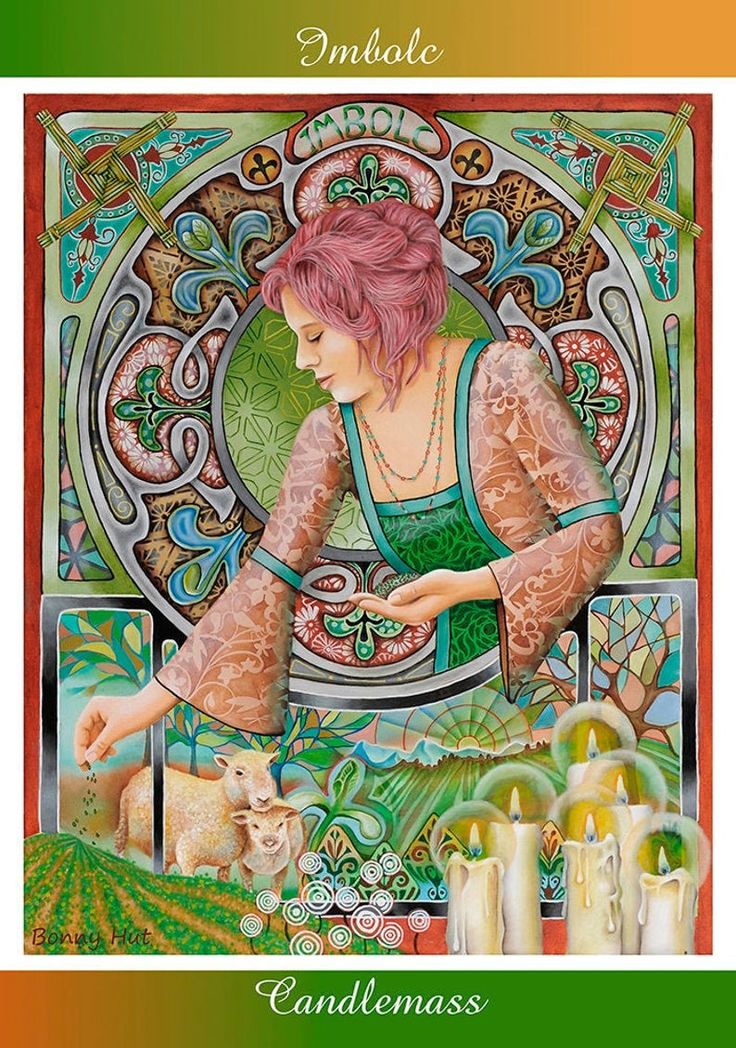
Imbolc is an ancient Celtic festival traditionally celebrated on February 1st or 2nd, marking the beginning of spring and the halfway point between the winter solstice and the spring equinox. It is one of the four major Gaelic seasonal festivals, along with Beltane, Lughnasadh, and Samhain.
Imbolc is associated with the goddess Brigid (or Brighid, Brigit, or Bride), who is revered as the goddess of fertility, healing, poetry, and smithcraft in Celtic mythology. The festival is a time to celebrate the growing strength of the sun, the awakening of the earth, and the promise of new life and abundance after the long winter.
Some customs and traditions associated with Imbolc include:
- Lighting candles: As a festival of light, people light candles to celebrate the increasing sunlight and to welcome the warmth back to the earth. This symbolizes the victory of light over darkness and the hope of longer days.
- Brigid's Cross: People craft Brigid's crosses from reeds, rushes, or straw. These are hung in homes as a symbol of protection and are said to bring blessings to the household.
- Brigid's Bed: A small bed, usually woven from straw, is made for Brigid and placed near the hearth or in a special corner of the house. An effigy or doll, representing the goddess, may be placed in the bed, symbolizing the nurturing and care given to the coming spring.
- Purification and cleansing: Imbolc is a time for cleansing the home and oneself, both physically and spiritually. This may include spring cleaning, taking purifying baths, or performing rituals to cleanse the energy of the home.
- Feasting: Traditional foods associated with Imbolc include dairy products, seeds, sprouted grains, and dishes made with seasonal ingredients, such as root vegetables and early spring greens.
In modern times, Imbolc is celebrated by various Neo-Pagan and Wiccan communities, as well as those who wish to connect with Celtic traditions or honor the arrival of spring. Some contemporary Christians also celebrate a related feast called Candlemas, which commemorates the presentation of Jesus at the temple and the purification of the Virgin Mary.
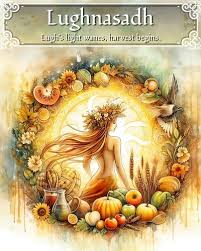
Lughnasadh, also known as Lughnasa or Lammas, is an ancient Celtic festival that marks the beginning of the harvest season. It is traditionally celebrated on August 1st, falling approximately halfway between the summer solstice and the autumn equinox. Lughnasadh is one of the four major Gaelic seasonal festivals, along with Samhain, Imbolc, and Beltane.
The festival is named after the Celtic god Lugh, who was associated with light, craftsmanship, and various skills. Lughnasadh is a time to celebrate the first fruits of the harvest, give thanks for the abundance of crops, and honor the labor and skill of those who cultivate the land.
Some customs and traditions associated with Lughnasadh include:
- Feasting: People gather to share food and drink, often including the first fruits of the harvest, such as bread made from the new grain, and seasonal produce like berries and other fruits.
- Games and competitions: Lughnasadh is known for athletic competitions and games, including horse races, foot races, and other contests that showcase strength, skill, and agility. These events are held in honor of Lugh and his foster mother, Tailtiu, who is said to have died from exhaustion after clearing the land for agriculture.
- Handfasting: Lughnasadh is a popular time for handfasting ceremonies, a traditional Celtic ritual of engagement or marriage. Couples would join their hands together with a cord or ribbon to symbolize their union.
- Bonfires: Like other Celtic festivals, Lughnasadh may involve the lighting of bonfires to symbolize the warmth and light of the sun and to purify and protect the community.
- Dancing and music: Music, singing, and dancing are common at Lughnasadh celebrations, reflecting the joy and gratitude for the harvest and the gifts of the earth.
In modern times, Lughnasadh is celebrated by various Neo-Pagan and Wiccan communities, as well as those who wish to connect with Celtic traditions or honor the harvest season. Some contemporary Christians celebrate a related feast called Lammas (from the Old English for "loaf mass"), which involves blessing loaves of bread made from the first grain harvest.
Beltane's bonfires and dancing to the purification rituals, these Celtic occasions truly reveal a rich cultural tapestry. The celebrations of Samhain, with its honoring of ancestors and acknowledgement of the life-death-rebirth cycle, offer deep spiritual insight.
Lastly, Lughnasadh, with its celebration of the harvest season, embodies gratitude and community spirit. Festivals, like Beltane, offer a unique perspective into Celtic culture, steeped in deep-rooted traditions and rituals, giving a fascinating glimpse into an ancient world as well as contemporary neo-pagan practices.
You can read more about Celtic fairy festivals here.
Book of the Month
The Best Selling Fae Fantasy Book! A great gift!
CLICK HERE for more information and best price!
Recent Articles
-
What are Fairy Circles?
Jan 13, 26 02:35 AM
Find out how fairy circles offer a fascinating glimpse into both folklore and science. Maybe, just maybe, there's a bit of magic there after all! -
Why Fairies? About Us
Jan 12, 26 03:54 AM
About Us; Why Fairies explains our background -
Peter Pan Characters, with their pictures and all about Neverland
Jan 11, 26 09:21 AM
The Peter Pan Characters in their home in Neverland and all the magic places where the story takes place. Pictures and Descriptions
